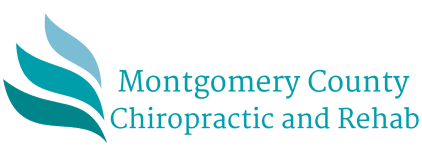Learn About The History Of Bethesda, MD
Bethesda is located in the southern part of Montgomery County, Maryland, which is northwest of Washington DC, the capital of the United States. It's named after Bethesda Meeting House, a local church established in 1820, and rebuilt in 1849. The name is derived from the Biblical "Pool of Bethesda," which in Hebrew means "House of Kindness." Bethesda is an unincorporated area, and the United States Geological Survey defines it as having its center at 38° 58′50″N 77 ° 6′2″W.
Bethesda began as a wide spot in the road
That was nothing more than a ridgeline trail used by the first native inhabitants and settlers as they hunted game in the area surrounded by rivers Potomac, Monocacy, and Patuxent. Towards the end of the 17th century, the road was used by the English to settle in the plantations that were hived off of the virgin forests. As time went by, the road served farmers hauling sacks of wheat and hogsheads of tobacco, while the British regiments used it to match in formations, while travelers joggled along in wagons with wooden wheels.
Majority of the early settlers
In Bethesda were tobacco farmers. Due to the extractive nature of the tobacco crop, they continuously push north, searching for new fertile farmland to support their crop. The first land grant in Bethesda was a 710-acre piece of land that was surveyed by Henry Darnell. Throughout the 17 century, tobacco farming remained the primary source of income in Bethesda. Furthermore, while Georgetown’s Montgomery County lost its economic center when Washington, D.C. was established as a federal capital, Bethesda's farmers didn't suffer any economic setback.
From 1805 to 1821
Bethesda was as a rural way station, thanks to the construction of a toll road, which was used to transport tobacco and other products to from Georgetown to Rockville and other northern regions such as Fredrick. The toll road, Washington and Rockville Turnpike, led to the growth of a settlement around the turnpike's tollhouse and store.
Around 1862
The community was first named "Darcy's Store," in recognition of William E. Darcy who ran the local store. In 1871, the new Postmaster changed the name to Bethesda, after the local Presbyterian Church that was first built in 1820. It was rebuilt again in 1849 after it burned down earlier that year. The present site of the church is about 100 yards south of the original site.
Throughout the 19th century
Bethesda remained a small village built on a crossroad, with one Post, a Church, a blacksmith shop, a few homes and a community school. It remained so until the introduction of the streetcar in 1890 and the spread of the suburbanization at the beginning of the 20th century. It's thought that over-dependence on the rail lines is what prevented Bethesda from growing, which stopped when the personal car was introduced.
Bethesda planners
Began to make subdivision on old farmlands and advertised them as the ideal neighborhood for city workers who need a serene environment away from the city. Some of the early suburbs are Woodmont, Drummond, Battery Park, and Edgemoor. Further north, Rockville Pike became known for it luxurious mansions owned by several wealthy individuals.
When World War II broke out
It led to the expansion of the government, which also led to Bethesda's Major growth. Two major institutions that were built north of Bethesda because of the war are the NIH Complex, built in 1948, and the National Naval Medical Center, built between 1940 and 1942.
Investments
The building of those two institutions drew in other government investments, medical professions, and businesses into Bethesda. That's what has made it the business and employment capital of southwestern Montgomery. The most recent development of that lead to vigorous growth was the Metrorail and its station in 1984.
Overall, the metro has opened Bethesda's residential and commercial development all over Bethesda in recent years.



